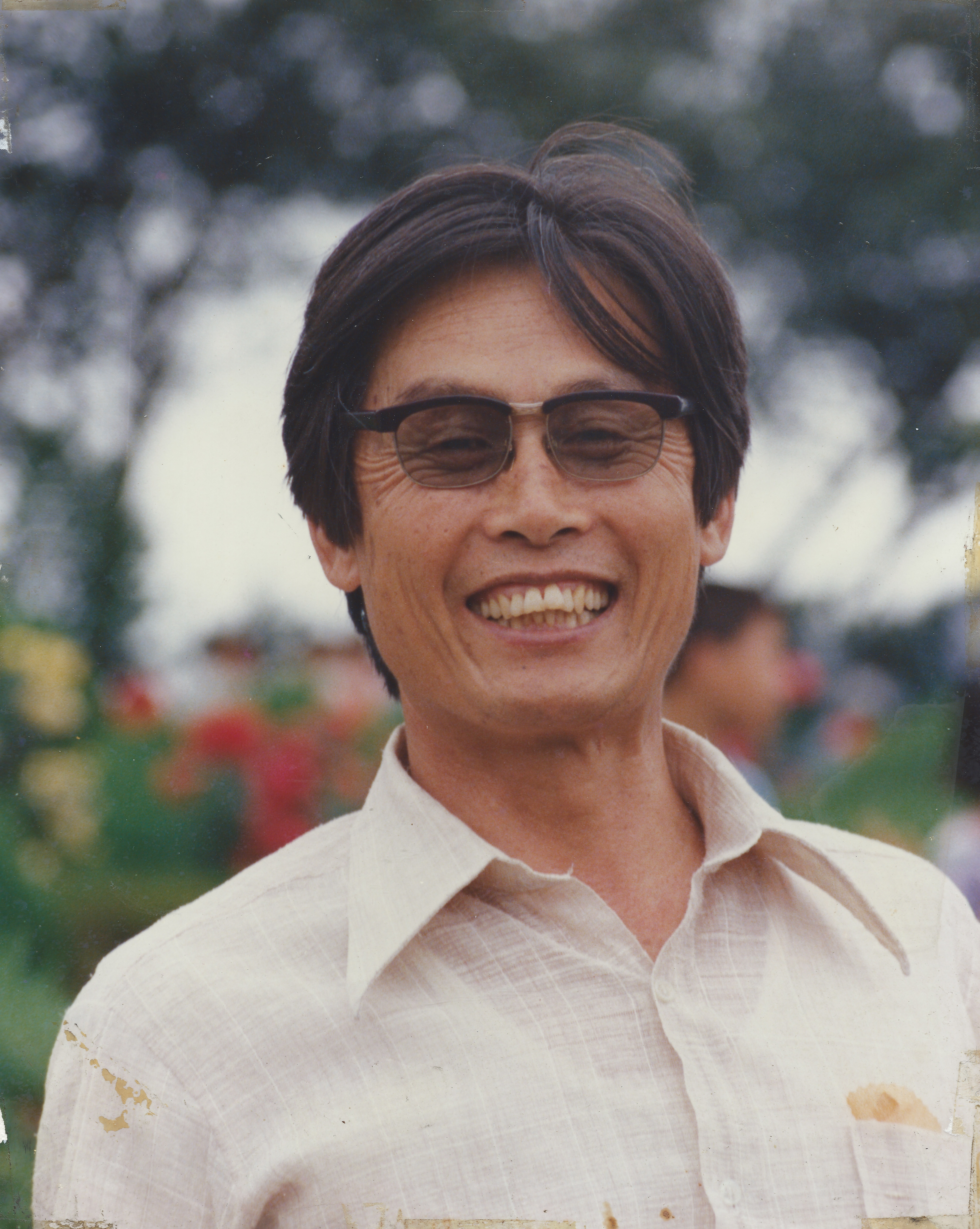반응형
Taos is a town in Taos County in the north-central region of New Mexico in the Sangre de Cristo Mountains. Initially founded in 1615, it was intermittently occupied until its formal establishment in 1795 by Nuevo México Governor Fernando Chacón to act as fortified plaza and trading outpost for the neighboring Native American Taos Pueblo (the town's namesake) and Hispano communities, including Ranchos de Taos, Cañon, Taos Canyon, Ranchitos, El Prado, and Arroyo Seco. The town was incorporated in 1934. As of the 2010 census, its population was 5,716. Taos is the county seat of Taos County. The English name Taos derives from the native Taos language meaning "(place of) red willows". Taos is the principal town of the Taos, NM, Micropolitan Statistical Area, which includes all of Taos County.
.
The Taos Pueblo, which borders the north boundary of the town of Taos, has been occupied for nearly a millennium. It is estimated that the pueblo was built between 1000 and 1450 A.D., with some later expansion, and the pueblo is considered to be one of the oldest continuously inhabited communities in the United States. Located in a tributary valley off the Rio Grande, it is the most northern of the New Mexico pueblos. The pueblo, at some places five stories high, is a combination of many individual homes with common walls. There are over 1,900 Taos Puebloans living within the greater pueblo-area community. Many of them have modern homes near their fields and live there in the summer months, only staying at their homes within the main North or South pueblo buildings during cooler weather. About 150 people live within the main pueblo buildings year-round. The Taos Pueblo was added as a UNESCO World Heritage Site in 1992.
.
Taos was established c. 1615 as Don Fernando de Taos, following the Spanish conquest of the Indian Pueblo villages. Initially, relations of the Spanish settlers with Taos Pueblo were amicable, but resentment of meddling by missionaries, and demands by encomenderos for tribute, led to a revolt in 1640; Taos Indians killed their priest and a number of Spanish settlers and subsequently fled the pueblo, not returning until 1661. In 1680, Taos Pueblo joined the widespread Pueblo Revolt. After the Spanish Reconquest of 1692, Taos Pueblo continued armed resistance to the Spanish until 1696, when Governor Diego de Vargas defeated the Indians at Taos Canyon. During the 1770s, Taos was repeatedly raided by Comanches who lived on the plains of what is now eastern Colorado. Juan Bautista de Anza, governor of the Province of New Mexico, led a successful punitive expedition in 1779 against the Comanches. Between 1780 and 1800, Don Fernando de Taos (now simply Taos) was established. Between 1796 and 1797, the Don Fernando de Taos land grant gave land to 63 Spanish families in the Taos valley. It was built as a fortified plaza with adobe buildings and is now a central plaza surrounded by residential areas. Mountain men who trapped beaver nearby made Taos their home in the early 1800s.
.
Mexico ceded the region to the U.S. in the Treaty of Guadalupe Hidalgo in 1848 after the Mexican–American War. After the U.S. takeover of New Mexico in 1847, Hispanics and American Indians in Taos staged a rebellion, known as the Taos Revolt, in which the newly appointed U.S. Governor, Charles Bent, was killed. New Mexico was a territory of the United States beginning in 1850 and became a state in 1912. For historical reasons, the American flag is displayed continuously at Taos Plaza (both day and night). This derives from the time of the American Civil War, when Confederate sympathizers in the area attempted to remove the flag. The Union officer Kit Carson sought to discourage this activity by having guards surround the area and fly the flag 24 hours a day. "The Padre of Isleta", Anton Docher first served as a priest in Taos before leaving for Isleta in 1891.
.
Beginning in 1899, artists began to settle in Taos; six formed the Taos Society of Artists in 1915. In time, the Taos art colony developed. Many paintings were made of local scenes, especially of Taos Pueblo and activities there, as the artists often modelled Native Americans from the pueblo in their paintings. Some of the artists' studios have been preserved and may be viewed by visitors to Taos. These include the Ernest L. Blumenschein House, the Eanger Irving Couse House and Studio—Joseph Henry Sharp Studios, and the Nicolai Fechin house, all of which are listed on the National Register of Historic Places. Influential later 20th-century Taos artists include R. C. Gorman and Agnes Martin.
.
Taos is home to more than twenty sites on the National Register of Historic Places. About 3 miles (4.8 km) north of Taos is Taos Pueblo. Picuris Pueblo is located about 25 miles (40 km) south. The Fiestas de Taos is an annual community celebration in the Taos Plaza honoring the feast of the two patron saints of Taos, Santa Ana and Santiago. It is normally celebrated the third weekend of July. A commemorative mass and procession from Our Lady of Guadalupe Church officially opens the event on Friday evening, followed with the crowning of the Fiestas Queen. The celebration continues with musical and dance performances scheduled on the plaza every hour. Two parades are staged, a children's parade on Saturday and the larger Fiesta Parade on Sunday. Located just north of the Taos Plaza, this street was the location of Governor Charles Bent's home. Governor Bent was scalped and killed by Pueblo warriors during the Taos Revolt on January 19, 1847. During the Taos Revolt, Bent's horses were set free from their stable.
.
The Helene Wurlitzer Foundation is a non-profit organization based in Taos that provides free residency to eleven artists, with each year divided into three residency sessions of three months apiece. Former principal trombone of the Munich Philharmonic Orchestra and seasonal Taos resident, Abbie Conant, runs a studio three blocks from the plaza. In addition to the studio having capacity to seat 60, there is also a two bedroom living space. In addition to her and her husband's own performances, the studio has hosted poetry readings, presentations and performance from local Taoseñas and fellows from the Wurlitzer Foundation. Many of the historic sites are homes and studios of artists, including the Mabel Dodge Luhan House, Eanger Irving Couse House and Studio—Joseph Henry Sharp Studios, the Nicolai Fechin House, the Leon Gaspard House, and the Ernest Martin Hennings House. Doc Martin's restaurant in the historic Taos Inn was previously the office of Thomas "Doc" Martin while other parts of the inn served as his home and the birthplace of the Taos Society of Artists. On Ledoux street, just south of the Taos Plaza, is the Ernest L. Blumenschein House and Harwood House.
.
The center of the Taos Downtown Historic District is the Taos Plaza. Just west of that is the Our Lady of Guadalupe Church. North of the Taos Plaza is the Governor Charles Bent House and the Taos Inn. Further north in Taos The Bernard Beimer House. On the southwestern edge of the Taos Historic district is La Loma Plaza Historic District. East of the plaza on Kit Carson Road is the Kit Carson House. North of Taos is the Turley Mill and Distillery Site and the Rio Grande Gorge Bridge. Just outside Taos in Ranchitos is the Martinez Hacienda, the home turned museum of the late Padre Antonio José Martínez. South of Taos is the Ranchos de Taos Plaza with the San Francisco de Asis Mission Church.
.
+++


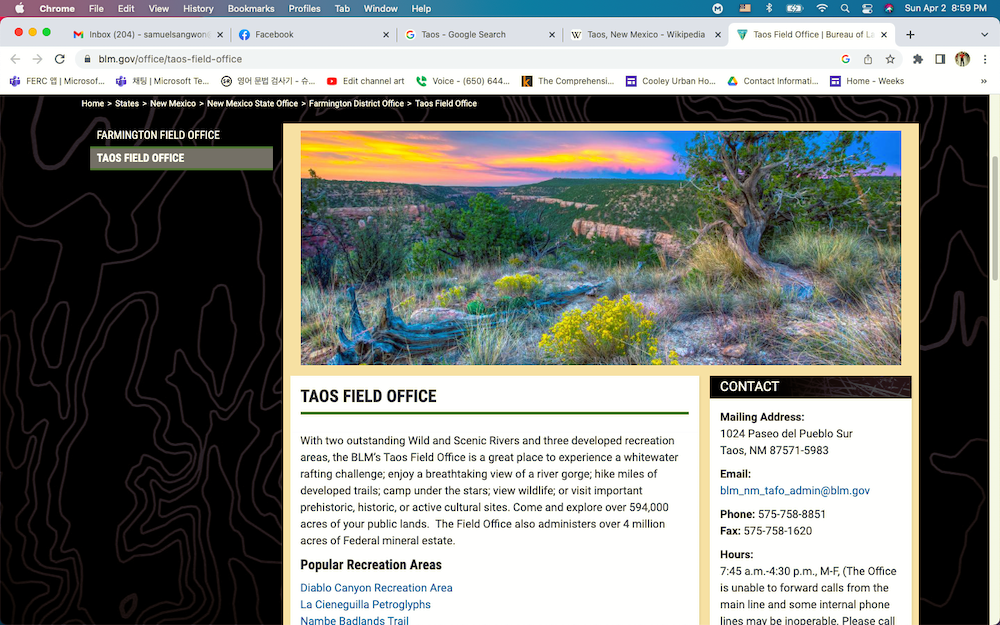


































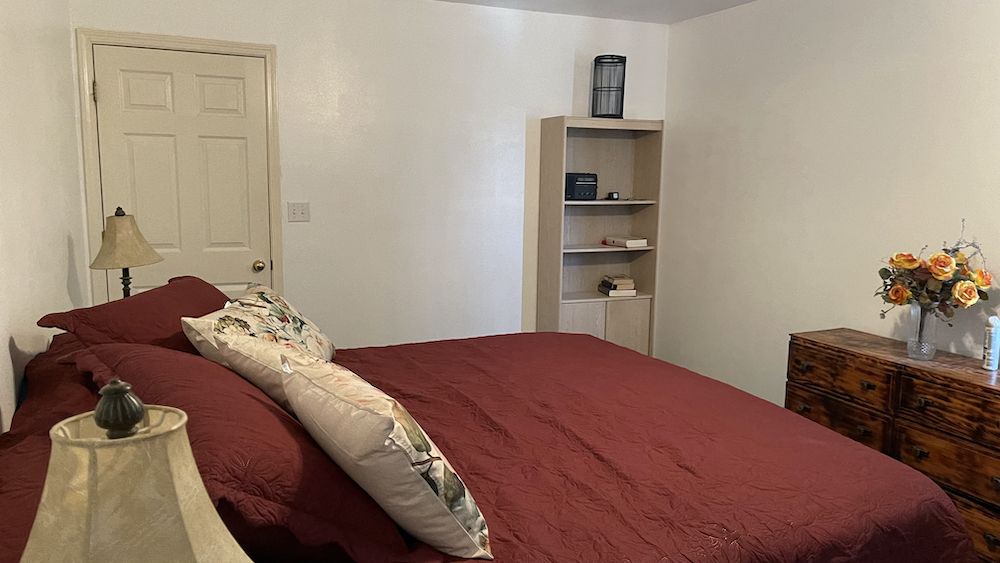

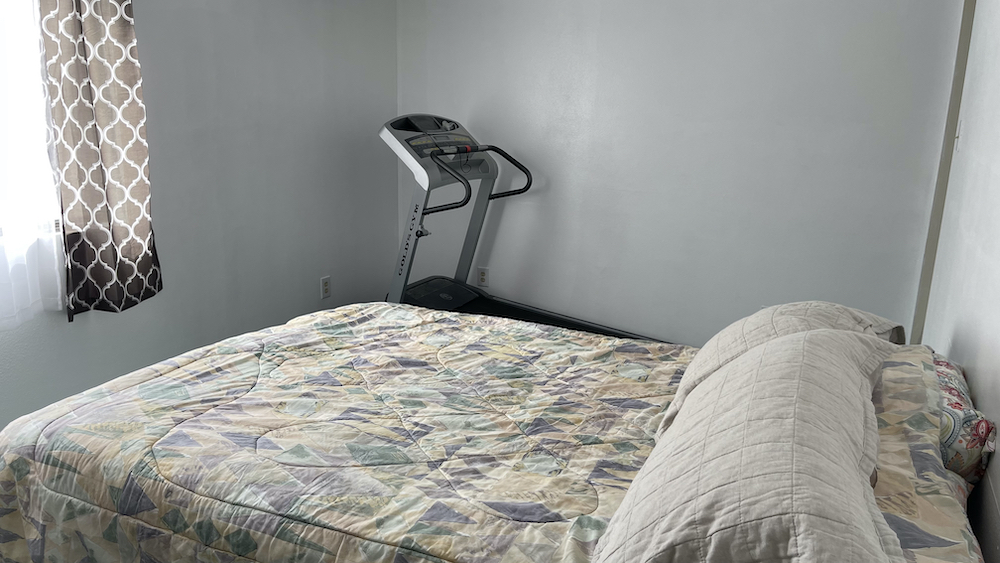




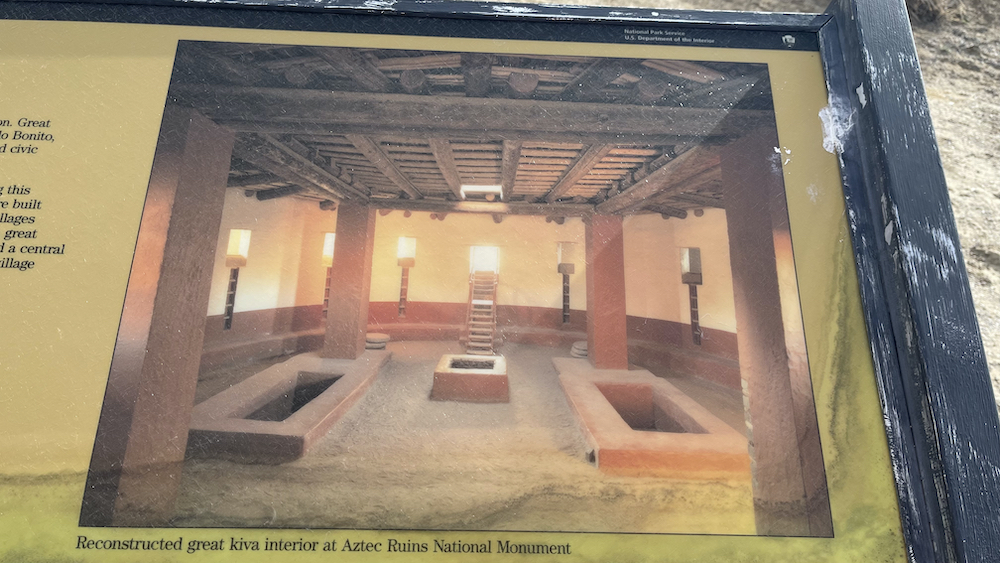

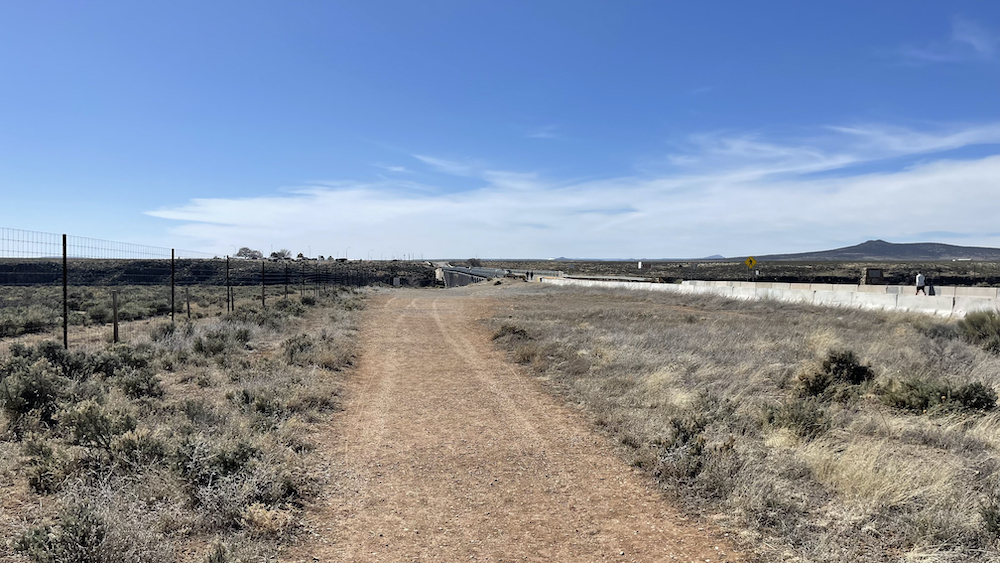














































































반응형
'1. Dr. Sam Lee > 여행스케치' 카테고리의 다른 글
| 154. Indian Pueblo Cultural Center, Albuquerque, New Mexico II (0) | 2023.04.06 |
|---|---|
| 153. Indian Pueblo Cultural Center, Albuquerque, New Mexico I (0) | 2023.04.06 |
| 151. EARTHSHIP BIOTECTURE BY MICHAEL REYNOLDS, TRES PIEDRAS, NEW MEXICO (0) | 2023.04.03 |
| 150. Echo Amphitheater, US 84, Abiquiu, New Mexico (0) | 2023.04.02 |
| 149. Chaco Culture National Historical Park, New Mexico (0) | 2023.04.01 |
